Click below to watch the video:
Nomads had a profound influence on the history of the Middle East that is seldom recognized. Archeologists struggle to document nomads, but yet they have changed the face of the Middle East time and time again. This is an introductory video to the next five videos.
Transript
Video #15 *This is a general transcript of a Dan Gibson video in the series: Archeology and Islam.*
Hello, and welcome to another video in the series Archeology and Islam. My name is Dan Gibson and today I want to start addressing the topic of: the archeology of the prophets. I am calling this video: Nomads and Archeology.
Now I find that there are different kinds of people, when it comes to the prophets. This is true of both Muslims and non-Muslims.
There are: 1. Those who believe in the prophets, 2. There are those who wonder, and doubt, and maybe just ignorant 3. Those too busy to care, 4. Those who refuse to believe without evidence.
Many of those who refuse to believe are the most vocal. They are often bitterly opposed, and say all kinds of derogatory things. And often they mix up here-say with facts, thinking that those who believe in the prophets are all the same.
In the next six videos we are going to look at the archeology of the prophets. We will discuss the archeological evidence of 8 prophets in six videos. These will include: Job, Moses, Abraham, David and Solomon, Isaiah and Hud and Saleh.
But first, do not be fooled by people who doubt. You do not have to prove that the prophets existed. The lives of the prophets have been believed and accepted for several thousand years, by Jews, Christians, and by Muslims.
I think the doubters and the deniers they need to prove that the prophets DID NOT exist. That is a different challenge.
Now listen, here is how the argument goes: “I do not believe that the prophet David existed. I will only believe if you can prove he existed.” How do you answer that kind of a challenge? What is acceptable evidence? In this type of discussion, it is important to understand what the other side is thinking. If someone tells me that he doubts that David existed because there is scant archeological remains of this great kingdom of his, I usually ask them, what sort of kingdom are you talking about?
Remember that Abraham was a nomad. After they went to Egypt to escape a famine, the Children of Israel were nomads, living in the land of Goshen, tending cattle and sheep. They did this for several hundred years. It was only at the very end that they were forced into labor, but their wives and families still lived in tents. We know this, because they came out of Egypt, and they came with their tents.
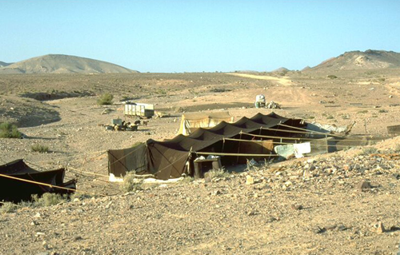
undefined
Later, we know that during the time of the exodus, they were still nomads living in tents. Exodus 12:31-38
And during the time that they slowly conquered the land Canaan, and after they took over the land of Canaan, they were still nomads. They didn’t mind burning and destroying the cities of Canaan, because they lived in tents. Heber the Kenite and his tribe separated themselves from Israel and they moved their tent indicating he was a tent dwelling pastoralists Judges 4:11-20 Some of the tribes that they absorbed were also nomads and hewers of wood, water etc. There is no indication that they were settled. Note that none of the captives that they captured, none of these tribes were hewers of stone or haulers of stone. Joshua 9:27
Do you know what it says in Judges about Deborah the ruler of Israel? She judged from under a tree… typical of a nomad. Judges 4:5, Judges 4:17-21 In judges four, there is, Sesera fleeing from his enemies, and he runs to the tent of Hebr, and Heber’s wife kills him with a tent peg. During the time of Gideon, the armies returned home from battle to their tents. That’s in Judges 7 Judges 7:8
There was constant strife between the Israelites and the city dwellers, who are almost all portrayed as evil
Just as in the story of the Benjaminite concubine, it is mentioned that Israel lived in tents. Judges 20:9 But the city is evil.
During the time of Samuel, the people lived in tents. I Samuel 4:10
Saul travels many miles in search of his father’s donkeys, indicating that they were pastoralists I Samuel 9:3
Now some settlements seems to come with Saul when he was appointed as king, and so he was building up his army and so there was some settlement of people. But this was after 1000 years of being nomads.
King David was a pastoralist in his youth. 1 Samuel 17:15
And there are many references to the cities of the Philistines and the cities of Canaan, but there are very few references to any cities of Israel outside of the cities of refuge, which were actually small towns with walls, no great cities.
However, as the Israelites settle, they become involved with the gods of the settled people, and this was preached against.
During the rebellion of Bichri, people still lived in tents. 2 Samuel 22:20
For far too long, people have gotten their ideas of history from artists who drew pictures. Those artists lived in the west and they drew pictures that would make sense to settled people.
Remember, King David had no city in his kingdom large enough for his capital city… so he took it from the Jebusites. That was a people group that had Jerusalem. It belonged to another people, and David brought his fighting men, and they conquered the city. This story is already in I Chronicles chapter 11, and the people still living in tents!
Even after David had a capital city and had built himself a house, a notable event in the Biblical record… but the temple of God was still a tent. I Chronicles 15:1
It even tells us that David and Solomon had to build cities to house the people and his chariots. I Chronicles 15:1
When Solomon decided to give King Hiram of Tyre, twenty cities in the land of Galilee, presumably in payment for all the timber and gold King Hiram had send Solomon. But when Hiram saw the “Cities” he was very disappointed. He was expecting cities, and he got was dirty small villages. I Kings 9:12 - 13
So David’s son Solomon, he built a number of so-called cities, so he could keep his horses and chariots. But he did not assign existing cities, because he wanted new cities? or was it because there were insufficient cities of sufficient size to house the people and horses that he was building for.
During the time of the reigns of Joash and Amaziah, many people still lived in tents 2 Chronicles 25:22
So if you are looking for a large empire, with public buildings and temples, it did not exist! There is no record of David ever building great cities with public buildings or even a single temple. The temple was still in a tent.
You see, Israel was not like Egypt. Israel was not like Babylon. It was not like Assyria! It was not even like the Hittites.
So when people claim that there is no archeological evidence for the Israelite nation, they are probably looking for something, and expecting something that isn’t there. So don’t let them fool you when they say there is no evidence. So let’s think about the archeological footprint that nomads leave.
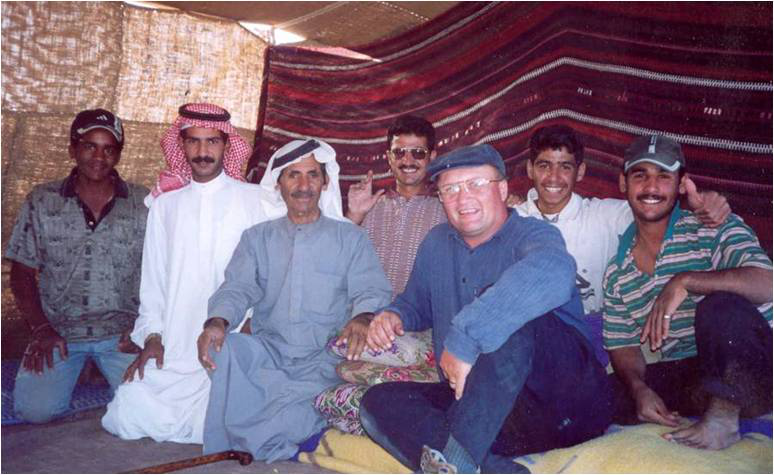
undefined
I lived for several years in southern Jordan among nomads. I regularly visited in their tents; I sat with them, ate with them, and tried to learn about life because I wanted to understand the history of the Nabataeans, who came as nomads. I learned a few things while I was there.
First, nomads regularly move their tents. They don’t stay in the same spot, year after year. Remember, they go a short ways away from the tent to use an open toilet. The animals all gathered around the tent, and they leave their droppings.
So, after a new months of this, they like to move the tent to a clean location. They might return to that exact same old spot a few years later but once the dug has dried up, or become soil has changed again, they can go back to that spot. So what sort of archeological evidence will these nomads leave behind? Very little!
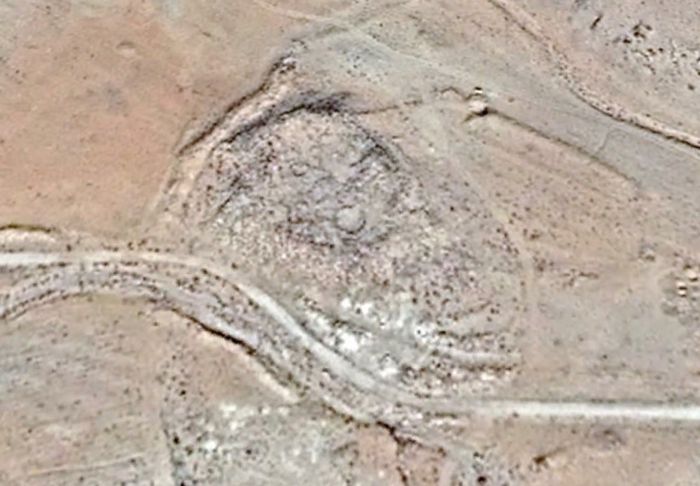
undefined
Now, there were lots of small towns. Here is a satellite photo of a small town that appears to date back to the Iron Age, but no archeologist has ever studied it and have fully dated it. There are literally hundreds if not thousands of these sites in Israel and Jordan. Today they are just piles of stones but in ancient times over a thousand people may have lived there. The houses were built around in a circle with their outer walls of the houses formed the city wall. And all around it people would continued living as nomads, but that would be the city.
Even markets become nomadic, with markets moving around from location to location. About 6 miles from where we lived, and from that ruined town that we just saw, there was a market on Thursdays, in an open field. When there was no market on, you could not tell what the open field was used for.
But on Thursday visiting merchants set up booths, usually just a cloth on the ground with their wears piled on top. Local people brought in their produce; their agricultural products. At the end of the day, it was all cleaned up and the market moved on to another town. And there was very little archeological footprint left behind. Another thing to consider is that most of the tools that nomads use, are biodegradable. They are made from wood and leather, and bits of bone. Things like this. Here is a loom. So when something is thrown out, it usually just disintegrates. If they have metal objects, they usually re-used them or recycled them into something else.
The only implement that remains are stone tools. And this brings us to another interesting anomaly. The early archeologists did surveys of what was found on the surface. Albright, the founder of “biblical archaeology,” Mallon who dug at Ghassul and Gleuck who discovered the Nabataeans, these three are known for their Transjordan surveys, published in from 1925 to 1951. There is a problem, however, these surveys… None of these surveys included any excavations; instead, they all relied entirely on surface findings.
Now because Iron Age pottery dominated the surface landscape, Albright concluded that Iron age people were the initial settlers on the Transjordan side (all except for what excavated were happening.)
Mallon revisited the same sites as Albright and more of them, but he came to the same conclusion about Iron Age peoples being the original settlers there.
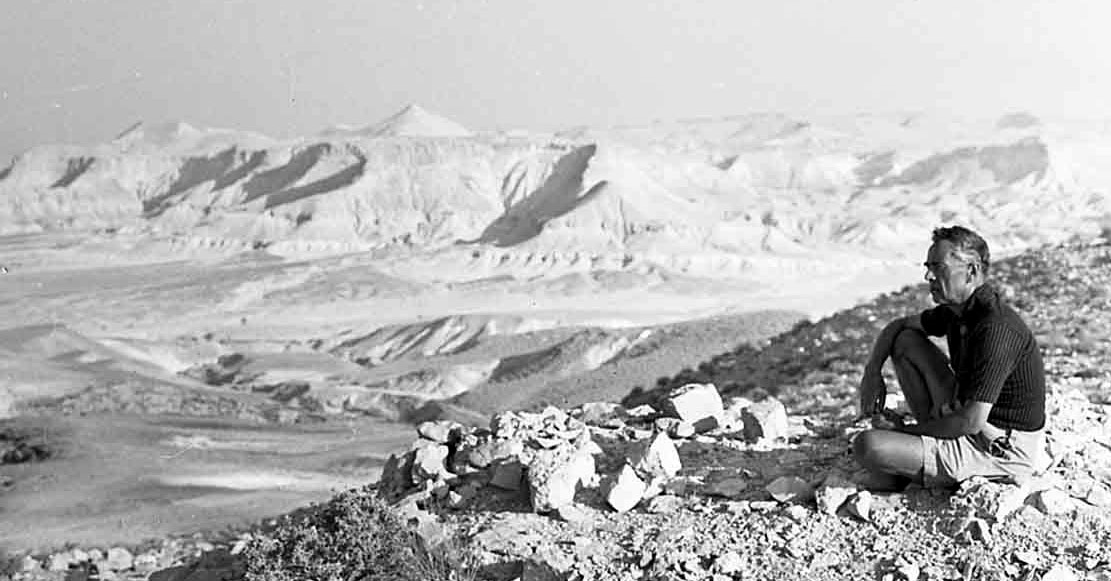
Nelson Glueck
Gleuck relied heavily on the work of his predecessors and he added more sites, but he, too, echoed Albright’s original conclusion about the initial settlers being Iron Age.
In 1951, Albright published his book The Archaeology of Palestine. He included a maps of Palestine with a dearth of sites in it.
It wasn’t until 1976, that Khair Yassine catalogued over 120 sites in the eastern side of the Jordan Valley, far from… far more than any previous survives.
He noted many different times of pottery. He saw Early Bronze sites. Then he started finding Intermediate Bronze sites from the different unfortified agricultural places. He noticed in the fortified places extensive medium age Bronze sites, and he noticed this in the villages.
But the Late Bronze Age presence was missing from the Jordan valley, specially near, except I mean near the Wadi Zerqa. So ah, some of these were abandoned by the end of Iron Age2 as well.
Despite all of this new information, none of it was published, none of it made it back into maps. In fact I am not sure any of his findings were published at all.
In conclusion, ah, they all came to the same conclusion: that Iron age people dominated the scene. This is often re-enforced today by those doing ground surveys.
I once took a respectable archeologist to some sites that no one had been to before. On the way he noticed some flint tools on the ground, and he was excited about them and how good they still were after centuries of lying there. I was shocked, I didn’t know what to say, so I didn’t say anything. But, that’s because a week or two before, I was with some nomads and they used some stone tools, for cleaning the skins of animals. Afterwards, they just dropped them. They didn’t need them. Nomads do not carry around stone tools. They just leave them in the field. They just dropped them there, and they can always come if they are in that area again, and get those tools. But the archeologist assumed those stone tools were made many years ago. And so that just re-enforces the ideas of those earlier archeologists.
Even today, I hear historians quoting from earlier ideas, saying there is no evidence of people there. They throw doubt on the Biblical record.
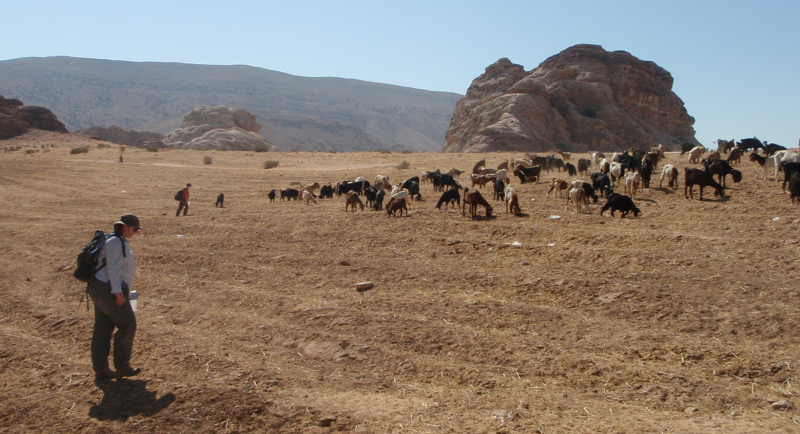
Once the tent is moved there is little left behind.
Here is a photo of archeologists from Brown University doing a surveying. Now, no matter how extensive a surface survey may be, there is no digging going on. There is no excavation. We need to have excavation. Now thankfully, the archeologists from Brown University are doing just that. I am not complaining about them. I am very happy when archaeologists start digging. Today archeologists are doing a great job on many different sites, but their funds and personnel are limited. And so we still have only a very partial picture of the history of Israel and especially what’s east of the Jordan River.
The result is that virtually every student of the history of this region is woefully ignorant of the rich and thriving culture that occupied this region during the Intermediate, and Middle Bronze Ages.
So it is only in the last 40 years that excavations have started up and a lot of serious digs are going on. And the general picture is starting to come out but it is still not clear. A lot of these small town have never been excavated. A lot of places, archeologist have never even visited. So anyone who claims an absence of evidence is proof that David and Solomon didn’t exist, is just being foolish. Only a small fraction of the evidence has come out so far. It is more likely that grave diggers have ruined a site and looted it, than it has been catalogued, excavated and published by archeologists.
Second, if there were periods of nomadic or semi-nomadic occupation we would expect scant evidence. It would appear that there were just small towns scattered over the countryside, but it doesn’t look like a big kingdom, so they say there is no evidence.
Now, let’s consider nomads for a moment. I want to briefly discuss them and the various kinds of nomads.
First, there are the hunter-gathers. These people leave almost no record of their presence. They come, hunt animals, they gather food, and they move on. The only evidence there might be, would be things like graffiti, and animal catchments. These are often called kites in the Middle east, and there is evidence that they drove herds of animals into these huge traps laid out in the countryside. Hundreds of these are in the deserts in east Jordan. Rocks piled up so that animals were driven into a central place. Now, dating those kinds of nomads, hunter-gatherers is very difficult.
The second type of nomads are pastoralists. Usually they lived in tents made from animal skin or hair, and usually they usually live off of their animals, eating the meat, and drinking the milk. And so they leave behind a very limited archeological record. They may leave stone circles where they penned their animals overnight, or spots where they cleared of rocks away for their tents to be set up. Thousands of these spots dot the Jordanian landscape.
Third and last, there are the Peripatetics. These are traveling craftsmen, entertainers, or traders. Craftsmen, such as metal workers move from community to community, offering their services to sharpen, fix or repair metal items. I have seen in Jordan, even today, moving among the Bedouin. There are entertainers move from various location to location, offering music, or storytelling, poets, and so forth. Parapatetics also included itinerant religious workers such as prophets, preachers, and priests who conducted offerings and offered sacrifices at various locations. I have even had some itinerant Muslim evangelists knock on my door, when I lived in the Middle East. On the other hand, the Peripatetic people also had some others, like gamblers and those who traded in women and so forth.
So in every case nomads are people who move from resource to resource. Often they have a summer location and a winter location. Summer may be near fields that can be cultivated, winter may involve taking animals into the grass-lands or down to the desert. Sometimes the summer location is in a warmer location in the summer, and when it grows cold there, the nomad moves to a warmer location for the winter. Usually down, This would be down to the Jordan valley, down to the Dead Sea, down to the Arabah, down to Wadi Rum, or down to Aqaba and so forth where it is warmer down there than up in the highlands. Now, why do they keep up their nomadic lifestye? That’s a question that people often ask, because they do not understand the lifestyle of nomads.
Nomads usually prefer the nomadic way of life. They consider themselves independent, separate, stress free, and superior. One old Bedouin told me that their nomadic way of life was superior to the settled way. He insisted that our way of life was not sustainable. Electricity would come and go. Oil would come and go. But the nomad remains. He summed it up with this statement: Today we graze our sheep on the ruins of the Greek, Romans and Ottoman empires. Someday we will grace our sheep on the ruins of the British and the American empires. You see nomads are in no rush to leave their tents and move into our hot stifling buildings, which they think are much like prisons.
So while nomads may have little of this worlds goods, they usually have a complex social structure, complex values, and a strong social identity with clear tribal lines. They have oral traditions that are very important to them, and which they enjoy.
However, the pull of city lights often attracts young men who go off to the towns and cities, but many return later, marry and settle down, and continue the nomadic lifestyle. But for millennia, there has been a slow trickle of people from the nomads to the urban. So what does all of this mean?
Sometimes people, and even historians misread history, because they see history through their own modern eyes, with their own modern values. I would encourage every historian, everywhere, to spend at least a year living among nomads, and trying to understand their world through their eyes.
My wife and I and our four children lived for nearly four years in a small rural village, with semi and nomadic Bedouin. People said to us: You cannot take your teenage kids out there. But in the end they loved it, and they did not really want to leave. They were very good years. We tromped all over southern Jordan, trying to figure out how history through the eyes of nomads and through the eyes of the settled people.
And ever since then I have no doubt, and I have no trouble believing that a large group of pastoralist nomads, the Israelites, could have invaded the land of Israel and Jordan, and that their tribal leaders and their religious leaders could have lived there with limited archeological foot print.
But they did leave some things behind. And so for the next six videos, we are going to look at the archeological evidence for the prophets and the people of their times.
The first prophet we will look at is Ayoub, or Job as he is called in English. He is the earliest prophet of which we have a good record. So we will start with him in the next video.
I am Dan Gibson, and this has been another video in the series Archeology and Islam.
Credits
Warren Photographic & PicRights - photo of Assyrian Temple
Osama S. M. Amin - photo of Ninmah Temple
Marc Ryckaert - photo of Philae Temple in Egypt
Bernard Gagnon - photo of the Hittite Gate
Brown University - photo of ground survey team
Roy Spraggett – for multiple photographs from our time in the desert.
David Phillips and Malcolm Hunter for visiting me in the desert and teaching me much about nomads around the world.
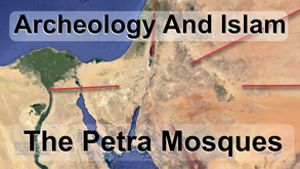
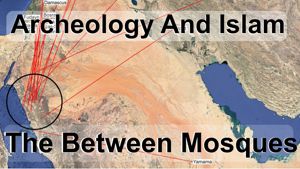
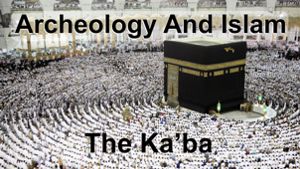
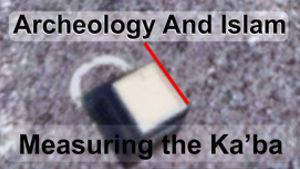
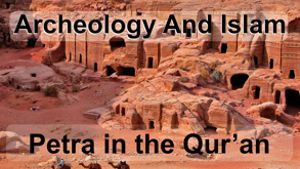
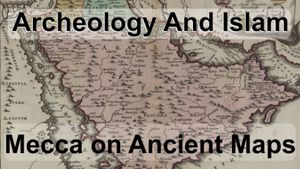
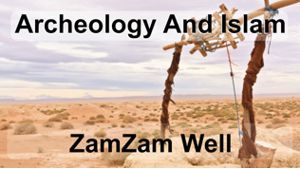
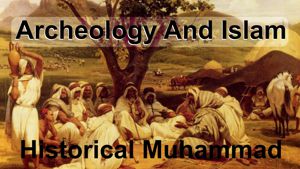
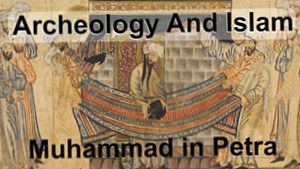
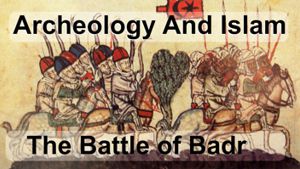
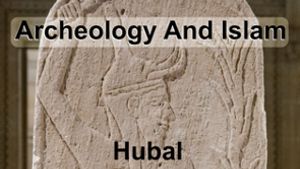
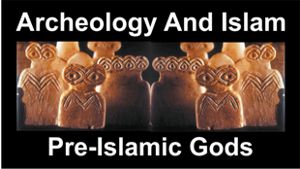
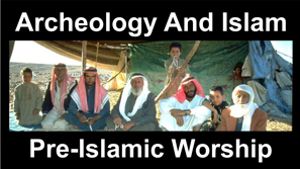
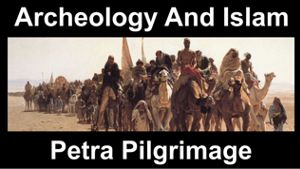
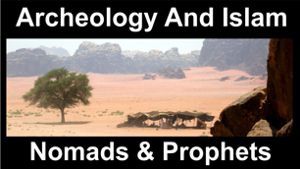

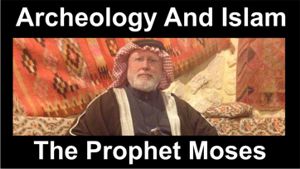





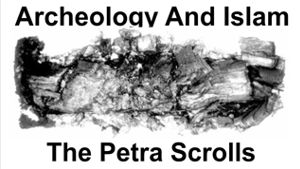
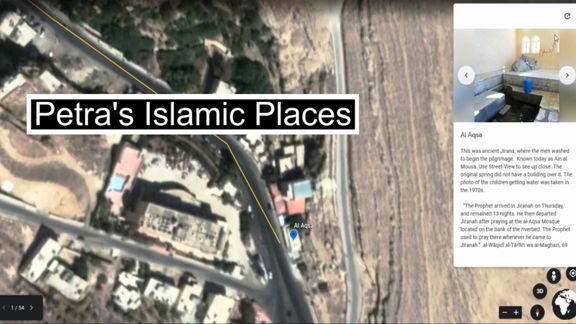

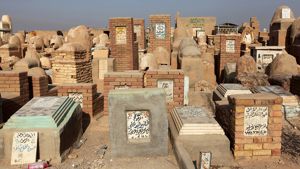
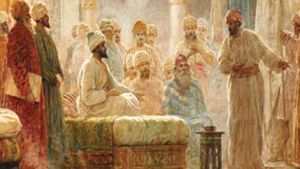
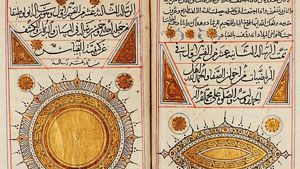
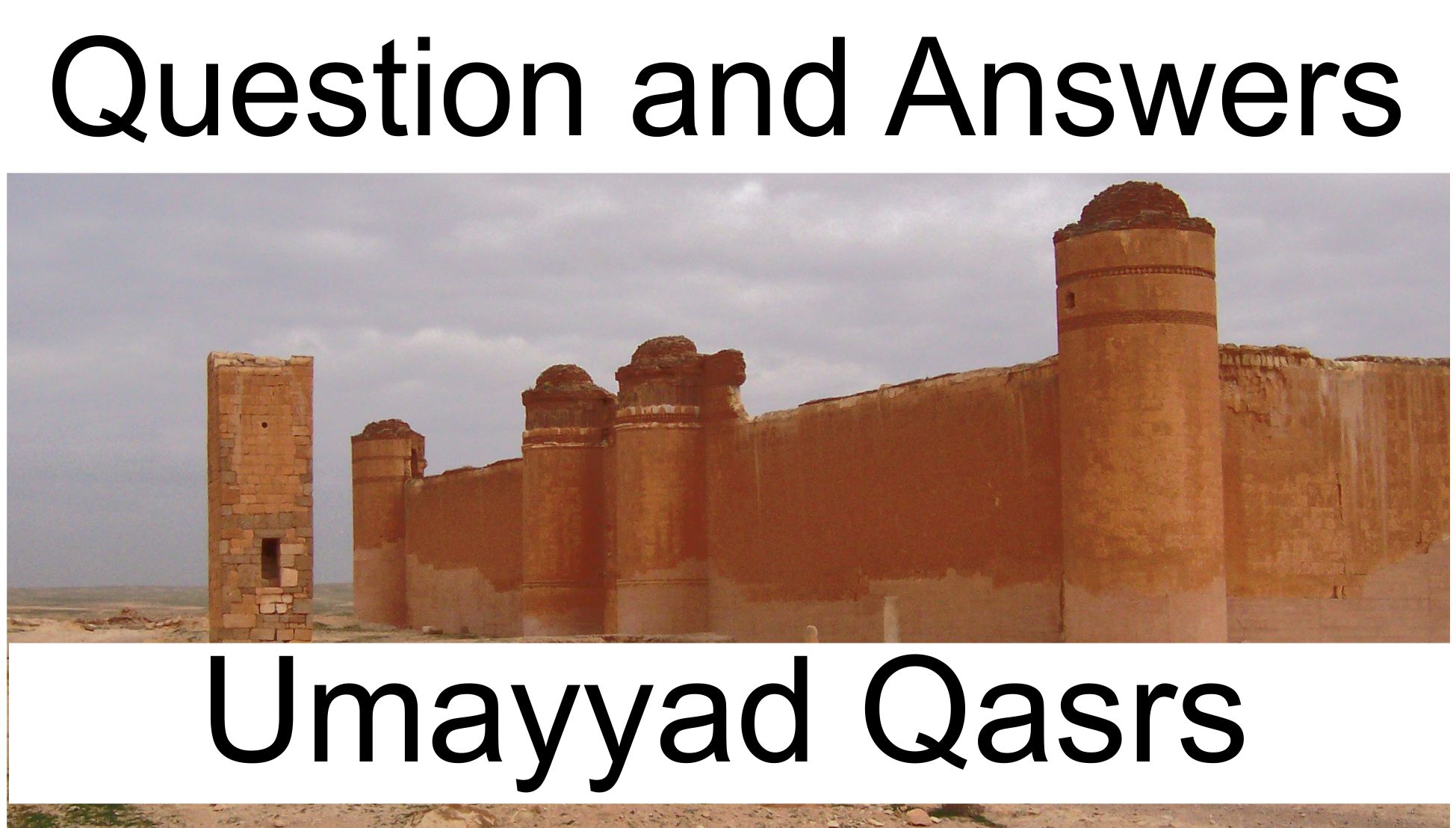
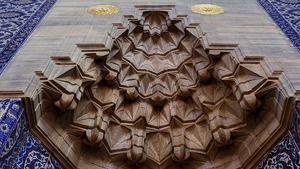
Page Discussion
Membership is required to comment. Membership is free of charge and available to everyone over the age of 16. Just click SignUp, or make a comment below. You will need a user name and a password. The system will automatically send a code to your email address. It should arrive in a few minutes. Enter the code, and you are finished.
Members who post adverts or use inappropriate language or make disrespectful comments will have their membership removed and be barred from the site. By becoming a member you agree to our Terms of Use and our Privacy, Cookies & Ad Policies. Remember that we will never, under any circumstances, sell or give your email address or private information to anyone unless required by law. Please keep your comments on topic. Thanks!